Table of Contents
We’re living at a remarkable time. Robots — once the stuff of Saturday morning cartoons and sci-fi movies — are now sitting in kids’ toy bins, rolling around classrooms, and helping spark fresh ideas about what learning can be. Ten years ago, that would’ve sounded wild. Today, it’s normal.
In 2025, the toy aisle is crowded with gadgets that light up, move, talk back, and even teach. Parents aren’t just looking for toys that flash and beep anymore. They want devices that grow with their kids, inspire them, and keep them engaged. Interactive robots and STEM toys are at the center of that movement, blurring the line between playing and learning in ways that feel both exciting and seamless.
Toy Robots For Kids: Interactive And Engaging Play
Kids are noticing how much more interactive their toys are. Push-button play has given way to toys that listen and respond. A toy robot can now take voice commands, recognize gestures, and navigate your living room without bumping into walls. Some use sensors for light and sound; others run mini-games where kids solve puzzles or guide the robot through challenges. Watching a robot react to what they say or do sparks a sense of control and discovery no passive toy can match.
With over 45% of parents reporting they prefer tech-enhanced toys[1], it’s clear families are taking advantage of that interactivity. When they shop, they ask: How does this toy communicate back? Does it give feedback through lights, sounds, or movement? Can its difficulty grow with a child’s skills? Does it offer multiple ways to play or different robot games that both teach and thrill?
Toys That Grow With Your Child
An interactive robot that scales in complexity turns casual play into skill-building. For preschoolers, there are friendly robots with big buttons and bright colors. For older kids, advanced learning robots with coding environments and sensor arrays can turn a living room into a testing ground. Instead of aging out in weeks, kids can grow with it for months or even years.
Robot Toys For Learning: STEM & Educational Focus
This dovetails perfectly with the rising focus on STEM. Science, technology, engineering, and mathematics are no longer distant school subjects but core parts of modern play that simultaneously engage multiple senses and significantly enhance retention. STEM toys give kids the chance to practice coding, problem-solving, logical thinking, and even early engineering — not from a book, or on a screen, but in their hands.
The tactile nature of a STEM toy or interactive robot turns abstract ideas into concrete experiences. A younger child might drag and drop digital blocks to tell the robot where to go. An older child might open up text-based coding, write their own sequences, and see their commands come to life. This hands-on experience forms a bridge between curiosity and mastery, between tinkering and genuine technical skill.
Learning from Mistakes
Another thing that sets this new wave of robot toys apart is how they handle mistakes. In the past, if you messed up a sequence, you got an error message — end of story. Now, the robot actually acts out the mistake. It might spin in the wrong direction, get “lost,” or blink a funny pattern. This turns errors into natural teaching moments. Kids see what went wrong, figure out why, and try again. Over time, that trial-and-error builds resilience, curiosity, and confidence. Parents and teachers love learning robots that grow with kids, using modular add-ons and open-ended challenges to stay fresh for years.
Multi-Scenario Applications of Interactive Robot Toys
Flexibility is another big hallmark of tech toys in 2025. Gone are the days when a toy was designed for one narrow setting. Today, there’s a robot toy for nearly every environment — from small, easy-to-set-up bots that make perfect gifts to larger, feature-rich models built for classroom use. This versatility matters.
Home, Classroom, and Gift Settings
At home, parents want something sturdy, compact, and low-maintenance. As a gift, buyers want something that’s ready to go right out of the box. In schools, teachers need something reliable, safe, and aligned with lesson plans. That’s why more educators are leaning on interactive robot toys that come with downloadable lesson guides, adjustable skill levels, and features that spark teamwork. Students might program a robot to navigate a maze, troubleshoot a coding error, or team up to complete a challenge. In the process, they blend technology and social skills into a single, immersive experience.
The same bot can jump from classroom to playroom, from solo play to group activities, and from beginner-friendly to more advanced modes.
Robot Toy vs. Coding Toy: Functional Insight
One of the strongest trends in 2025 is the overlap between the robot toy and the coding toy. These used to be two different worlds. A robot toy moved, but you couldn’t really change what it did. A coding toy taught you how to write instructions but didn’t give you the thrill of watching something roll across the floor. Now those categories have merged.
Many interactive robots offer instant-play modes for quick fun and deeper programming features for advanced learning. A child can start with simple voice commands or preset actions, then graduate to writing their own code. Thus, one toy can now cater to a wide range of ages and learning stages.
When comparing robot toys and coding toys today, it helps to look at how clearly they show results. If a child inputs code, does the robot behave in a way that makes sense? Does it give clear feedback so they can debug their work? Can it handle multiple input styles for different skill levels? The best coding toys make code feel physical. A line on a screen becomes a robot moving across the room, avoiding obstacles, or flashing a signal. That connection cements learning and makes it memorable.
Parents no longer have to choose between a coding toy for older kids and a robot toy for younger ones. They can buy one product that evolves with their child, making it a better investment and a better learning tool.
All of these trends point to a bigger picture. Robotics is weaving itself into childhood faster than ever before. Interactive robots and educational robots aren’t novelties anymore; they’re shaping how kids play and learn. They nurture curiosity, build confidence, and prepare children for a world where creativity and technology go hand in hand. From home to classroom, these toys combine instant fun with long-term skill development, blending STEM concepts, problem-solving, and real-world application. Parents see toys that grow with their children. Teachers see tools that enrich their curriculum. Kids see something that listens, responds, and grows alongside them.
Conclusion: Interactive Robots as Lifelong Learning Companions
The line between play and education is fading fast, with robot toys moving from novelty to necessity. The next wave — AI, augmented reality, and modular design — promises robots that can adapt to a child’s progress or switch between home and classroom use. The old robot toy vs. coding toy debate is giving way to adaptive learning companions, blending entertainment with lifelong learning.
Choosing the Right Robot for Your Child
For parents and educators, understanding these shifts is key. Choose a robot toy for kids that grows with your child, adapts to different settings, and keeps learning playful and engaging.In 2025, interactive robots and STEM toys aren’t just trends — they’re trusted allies in learning and play. For a closer look at why parents are embracing this shift, see our article Why Parents Are Switching to Robot Toys
Written by John DeQuadros
- MDPI, Interactive and Educational Toy Trends, 2025.
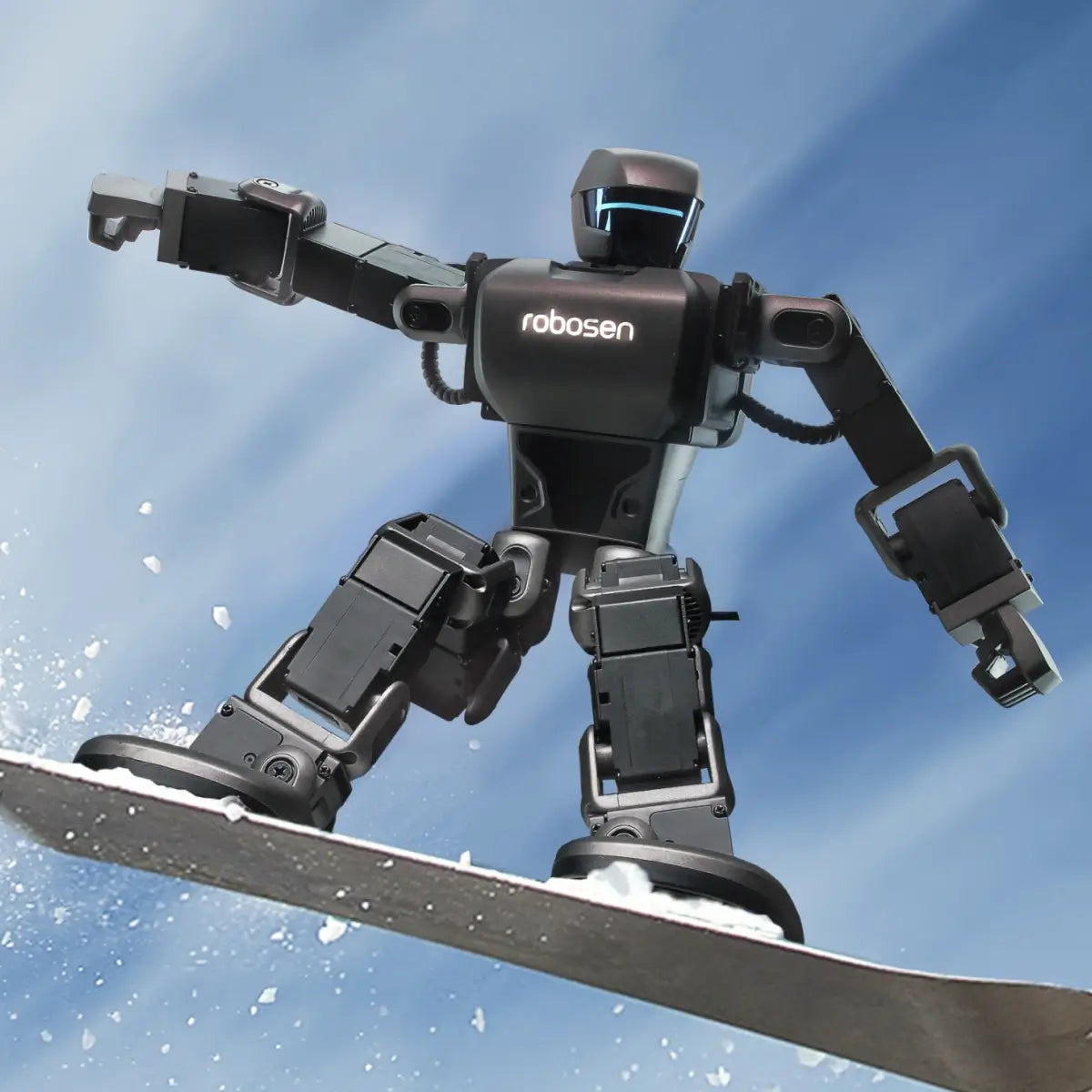
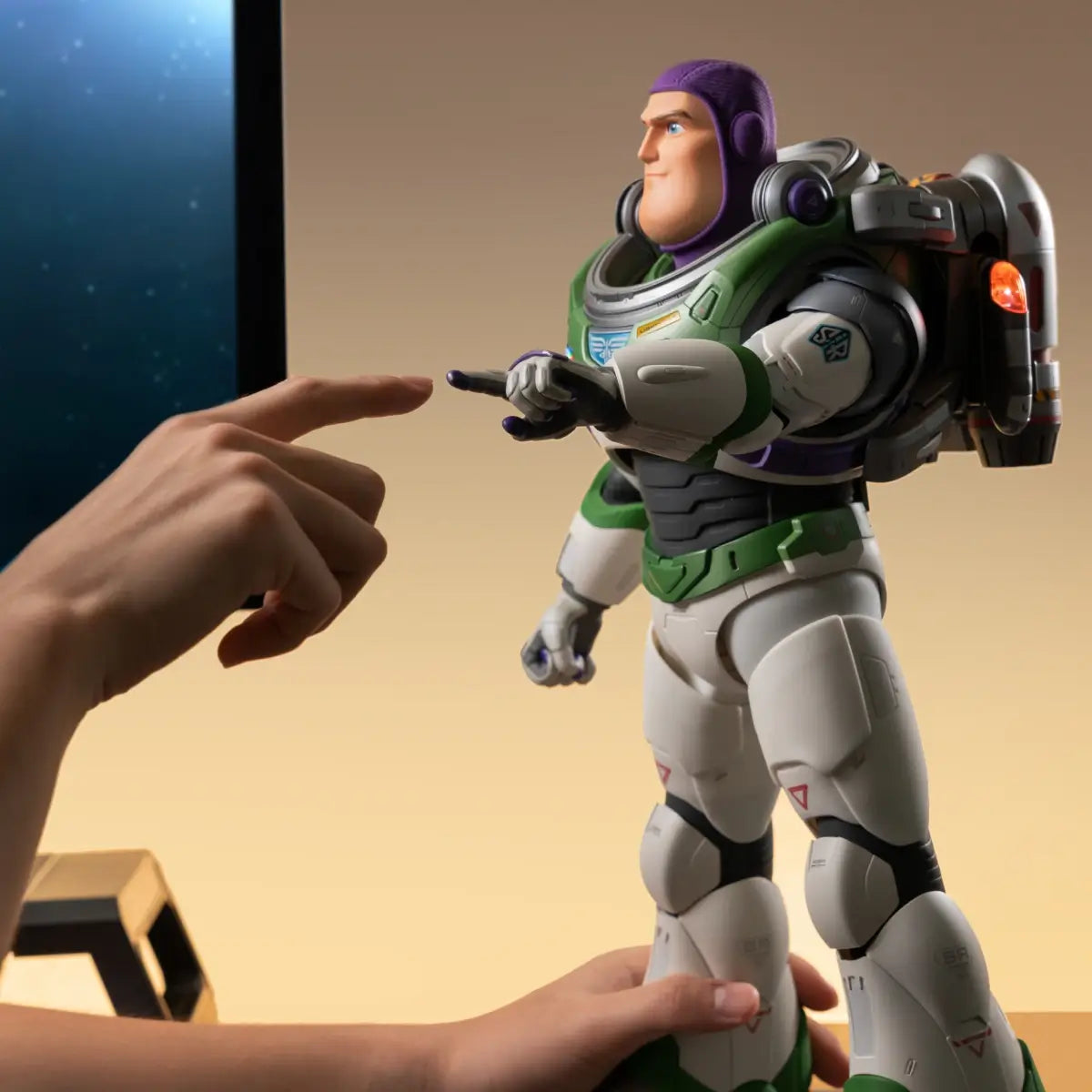
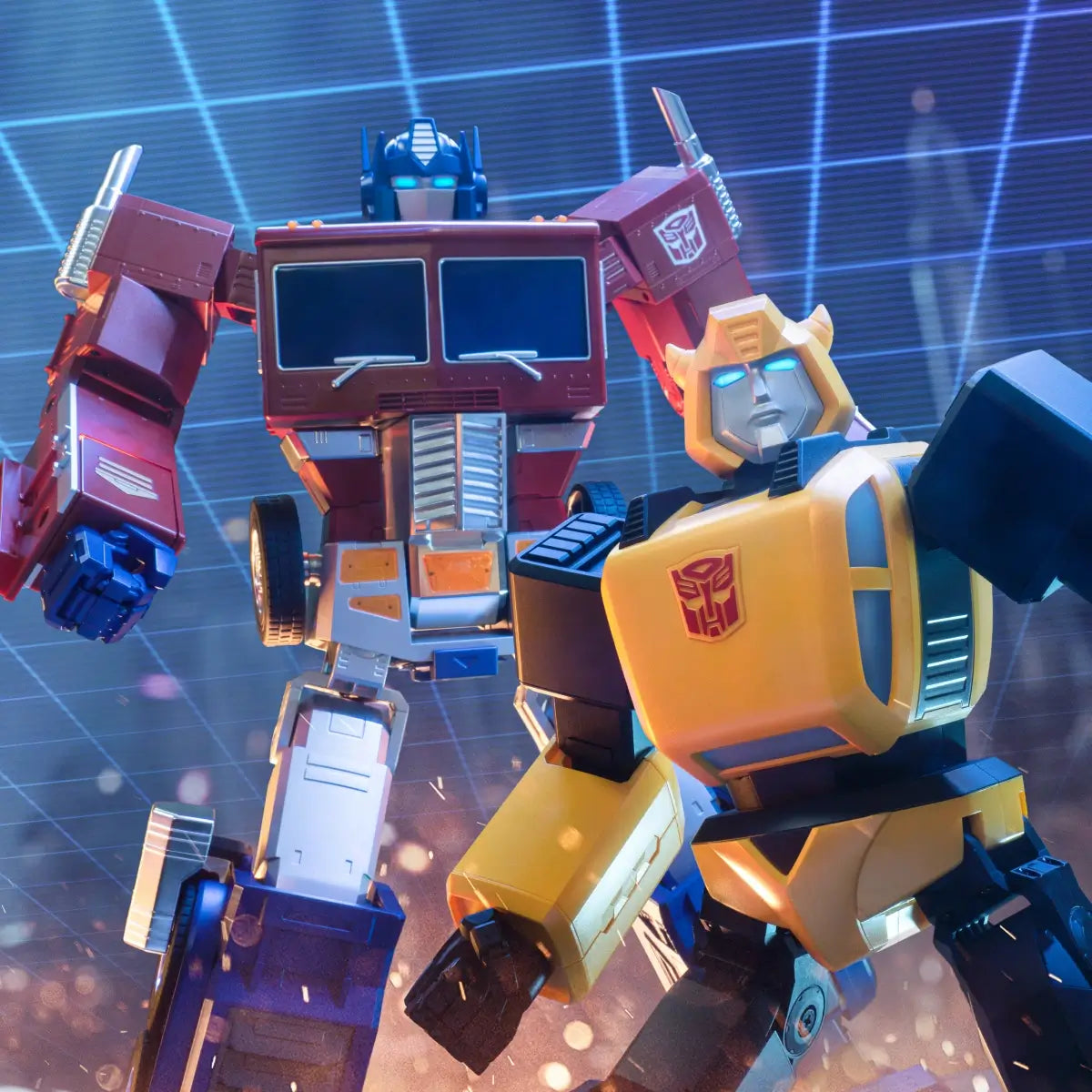
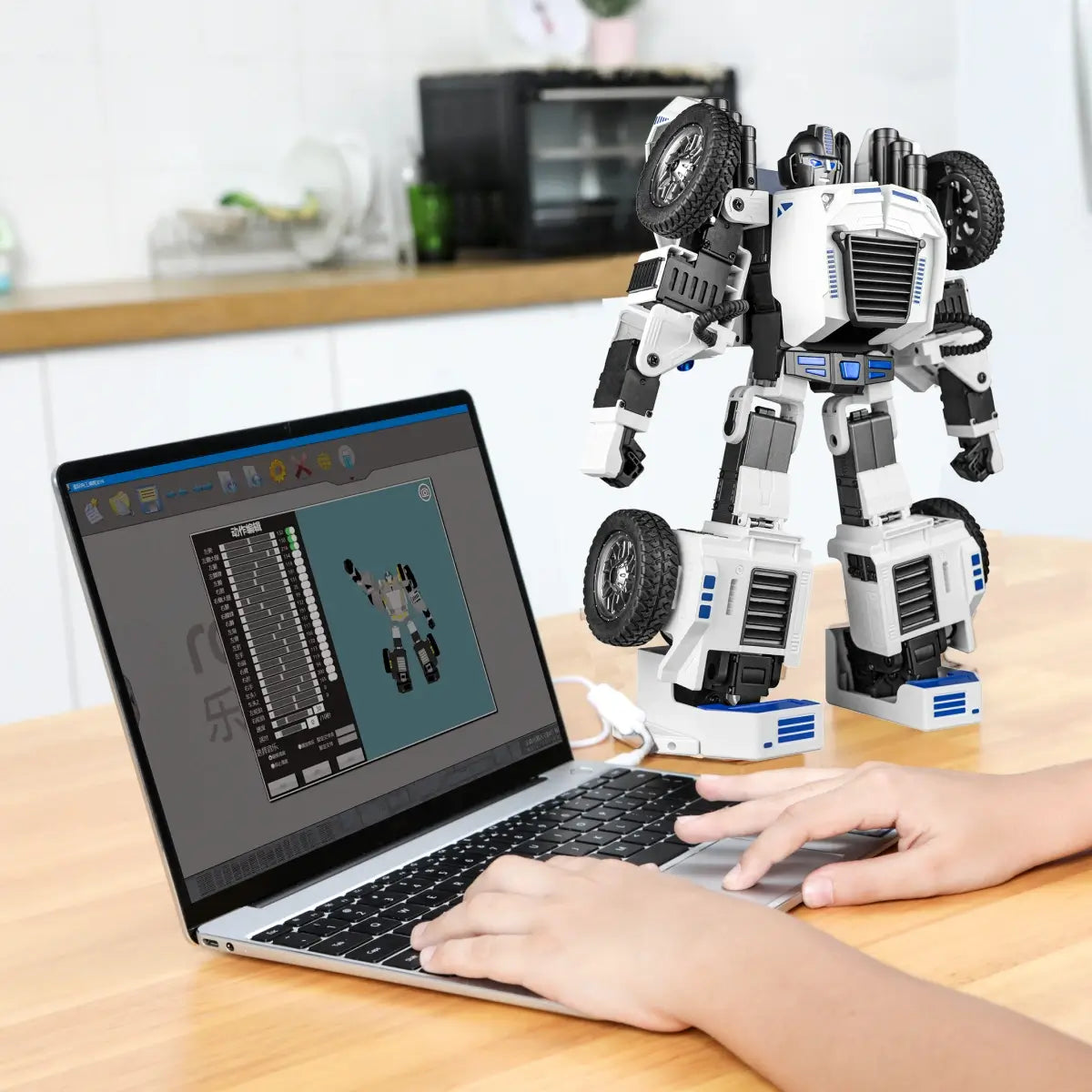
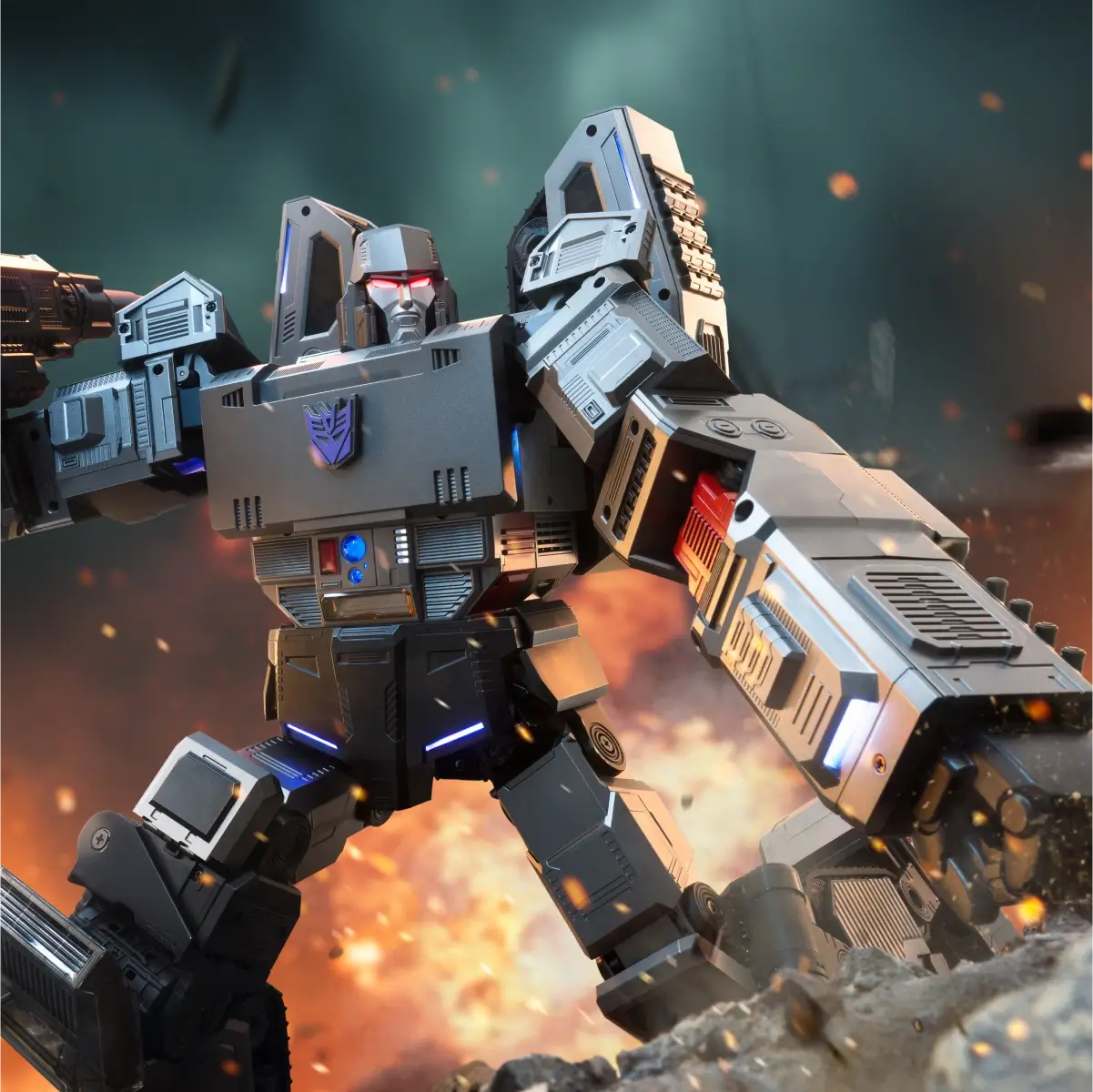
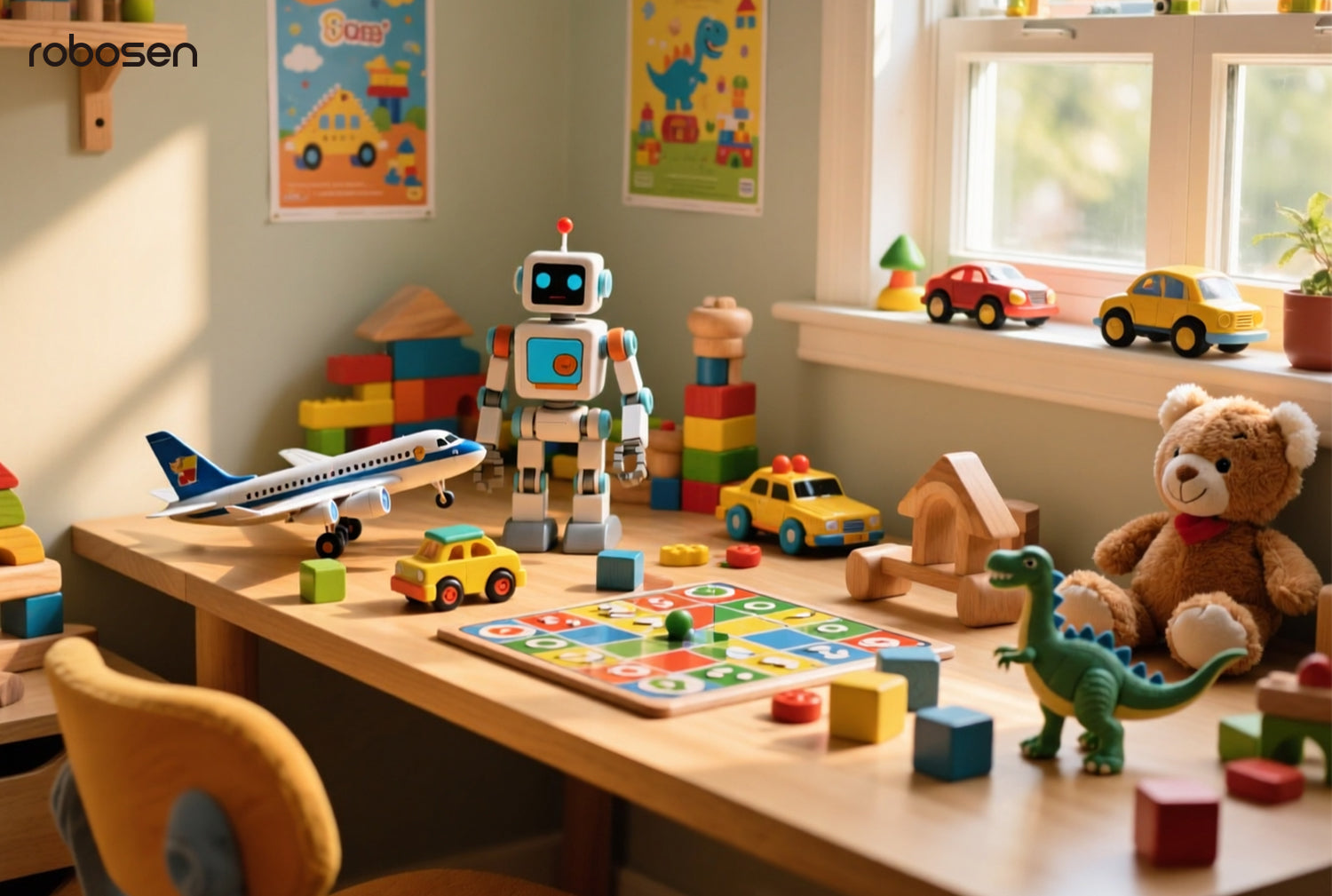




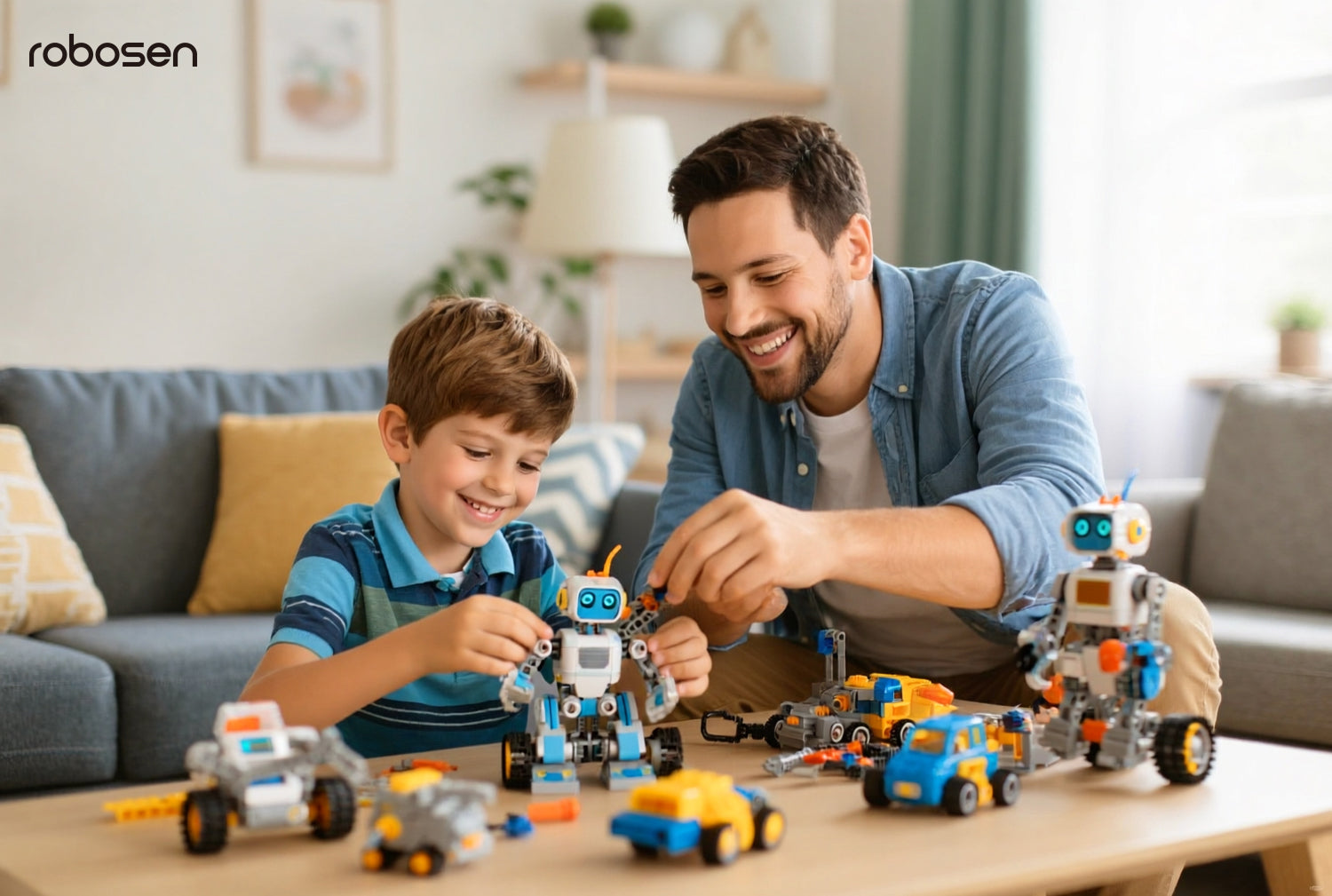


Leave a comment
All comments are moderated before being published.
This site is protected by hCaptcha and the hCaptcha Privacy Policy and Terms of Service apply.